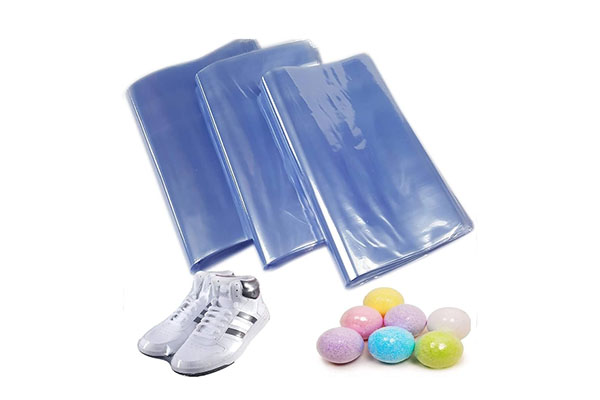Shrink wrapping is a popular packaging method used to protect and preserve items by encasing them in a plastic film that shrinks tightly when heat is applied. While many businesses rely on specialized shrink-wrap machines for this process, you can effectively seal shrink-wrap at home without such equipment. This article will guide you through various methods for sealing shrink wrap manually, ensuring your items remain secure and well-protected.
Understanding Shrink Wrap
Shrink wrap is made from plastic film that shrinks when heated, creating a tight seal around items. This packaging method is commonly used for food, electronics, and gifts, protecting against moisture, dust, and damage. To successfully seal shrink wrap, you’ll need to ensure the edges are tightly closed to prevent air from entering.
Materials You’ll Need
Before you begin sealing shrink wrap without a machine, gather the following materials:
- Shrink Wrap Film: Choose the appropriate thickness and type of film based on your items. Centerfold and single-wound films are commonly used for various applications.
- Heat Source: A heat gun is the most effective tool for sealing shrink wrap. However, if you don’t have a heat gun, a hairdryer can be a suitable alternative, although it may take longer to achieve an even seal.
- Sealing Method: Depending on the thickness of your shrink wrap, you can use one of several sealing methods, including tape, scissors, or a lighter.
- Protective Gear: It’s advisable to wear heat-resistant gloves and safety goggles to protect yourself while using heat sources.
Methods to Seal Shrink Wrap Without a Machine
Here are some effective techniques to seal shrink wrap manually:
- Using Tape:
- Prepare Your Items: Start by wrapping your items with shrink wrap, ensuring they are completely covered.
- Overlap Edges: Once wrapped, overlap the edges of the film.
- Apply Tape: Use strong packing tape to secure the overlapped edges tightly. Ensure there are no gaps where air can enter.
- Shrink the Wrap: Use a heat gun or hairdryer to apply heat evenly over the sealed area, causing the film to shrink tightly around the item.
- Using a Lighter:
- Wrap Your Items: Wrap the items in shrink wrap and secure the edges with tape, leaving a bit of excess film.
- Trim Excess: Carefully trim away excess shrink wrap, leaving enough to seal the edges.
- Seal with Heat: Hold a lighter or match near the edges of the wrapped film, being cautious not to burn it. The heat will cause the film to shrink and seal the edges together. Move the flame quickly to avoid melting the film too much.
- Using Scissors:
- Wrap and Overlap: After wrapping your items, ensure the edges are overlapped.
- Secure with Scissors: Take a pair of scissors and press the overlapped edges together, creating a tight seal. This method works best for lighter shrink wrap.
- Apply Heat: Use a heat source to shrink the wrap around the items, making sure to focus on the sealed edges.
- Using a Household Iron:
- Wrap Your Items: Wrap the items securely in shrink wrap and overlap the edges.
- Prepare the Iron: Set the iron to a low heat setting, and place a piece of cloth over the areas you wish to seal.
- Iron the Edges: Gently press the iron over the cloth, applying heat to the edges of the shrink wrap. The heat will cause the plastic to bond together. Ensure you move the iron quickly to avoid burning the wrap.
Tips for Effective Sealing
- Practice Patience: Take your time while sealing and shrinking. Rushing the process can lead to uneven sealing or burns in the film.
- Test the Film: If you’re new to shrink wrapping, practice with a small piece of film first to get a feel for how the material reacts to heat.
- Avoid Overheating: Excessive heat can cause the film to melt or become too brittle, leading to a weak seal.
Conclusion
Sealing shrink wrap without a machine is not only possible but can also be a fun and useful skill to master. Whether you’re packaging gifts, storing food, or organizing items, the methods outlined above will help you achieve a secure seal at home. With the right materials and techniques, you can effectively protect your belongings and ensure they remain safe from damage and contamination.
Post time: 09-26-2024


